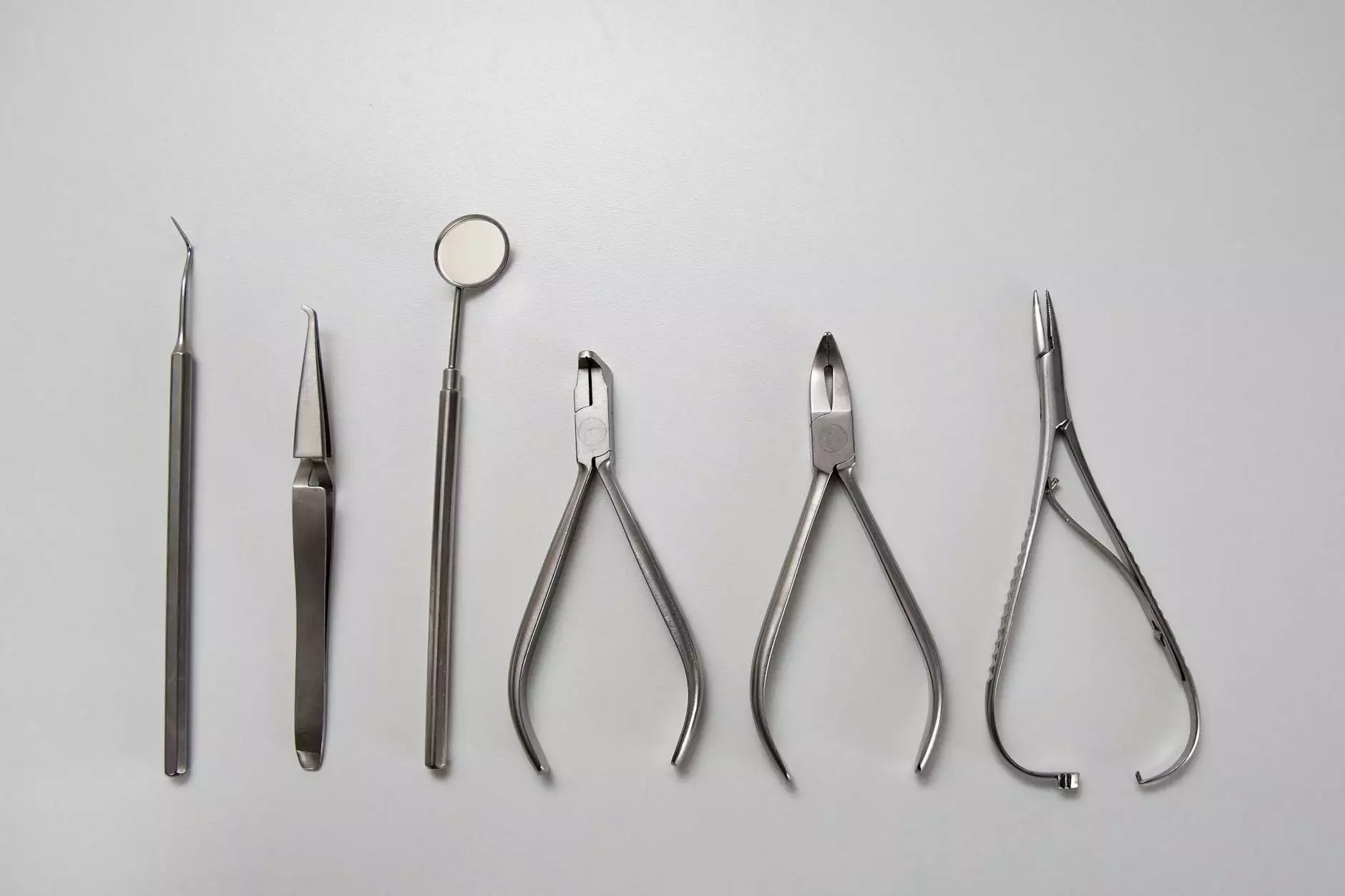Understanding Risk Reducing Salpingo Oophorectomy for Cancer Prevention

The medical field is continuously evolving, offering innovative solutions aimed at enhancing health and wellness. One such procedure gaining attention is risk reducing salpingo oophorectomy. This surgical method serves as a decisive strategy for women at high risk of developing ovarian and uterine cancers, particularly those with a family history or genetic predisposition to these diseases.
What is Risk Reducing Salpingo Oophorectomy?
Risk reducing salpingo oophorectomy (RRSO) is a preventative surgical procedure that involves the removal of the fallopian tubes and ovaries. This intervention significantly decreases the risk of developing ovarian and related cancers, particularly in women who carry BRCA1 or BRCA2 gene mutations. By understanding the intricacies of this procedure and its implications for women’s health, patients can make informed decisions.
Indications for the Procedure
Women may consider risk reducing salpingo oophorectomy based on several factors:
- Family History: A strong history of ovarian or breast cancer in the family can warrant this preventive procedure.
- Genetic Testing: Women found to have BRCA gene mutations are at elevated risk and are often recommended this surgery.
- Personal Health History: Previous cases of breast cancer or other related health issues may also lead to this recommendation.
The Benefits of Risk Reducing Salpingo Oophorectomy
Opting for a risk reducing salpingo oophorectomy can deliver numerous health benefits:
- Drastic Reduction in Cancer Risk: Studies show that women with BRCA mutations can reduce their risk of ovarian cancer by up to 96% after the procedure.
- Improved Overall Survival: Early intervention may lead to an increased survival rate for women predisposed to these cancers.
- Relief from Anxiety: For many, reducing the constant worry of developing cancer can significantly enhance their quality of life.
The Procedure: What to Expect
The risk reducing salpingo oophorectomy procedure is typically performed under general anesthesia. Here’s a general overview of what to expect:
- Consultation: Prior to surgery, patients will have a detailed consultation with their healthcare provider to discuss the risks, benefits, and the procedural approach.
- Surgery: The surgery can be performed laparoscopically or through an open approach, depending on the individual case and surgeon's assessment.
- Recovery: Post-surgery, patients typically spend a few hours in recovery and may experience mild discomfort.
- Follow-Up: Regular follow-up appointments are essential to monitor the patient’s recovery and overall health.
Understanding the Risks and Considerations
Like any surgical procedure, risk reducing salpingo oophorectomy comes with potential risks:
- Surgical Complications: These may include infection, bleeding, or reactions to anesthesia.
- Hormonal Changes: Removal of the ovaries leads to a sudden drop in estrogen, potentially causing menopausal symptoms.
- Long-term Health Effects: Women who undergo the procedure before menopause may face increased risks of osteoporosis and heart disease.
Post-Operative Care
Post-operative care is critical to ensure a smooth recovery from risk reducing salpingo oophorectomy. Key considerations include:
- Rest and Recovery: It's essential to give the body time to heal properly.
- Medication: Pain management and hormone replacement therapies may be necessary.
- Follow-Up Appointments: Regular visits to the doctor will help monitor health and address any concerns.
Alternative Cancer Prevention Strategies
While risk reducing salpingo oophorectomy is a significant step towards cancer prevention, it may not be the right choice for everyone. Other strategies include:
- Regular Screening: Ongoing screenings for ovarian cancer can detect issues early.
- Chemoprevention: Some medications can reduce the risk of breast and ovarian cancers.
- Lifestyle Modifications: Maintaining a healthy diet, exercising, and avoiding smoking can lower cancer risks.
Making the Decision: Consultation and Support
The decision to undergo risk reducing salpingo oophorectomy is profound and should not be taken lightly. Women are encouraged to consult healthcare professionals at facilities such as Dr. Seckin’s practice. Support groups and counseling can also provide valuable insights and emotional assistance throughout the decision-making process.
Conclusion: Empowering Women Through Knowledge
In summary, risk reducing salpingo oophorectomy is a valuable surgical option for women at high risk of ovarian and uterine cancers. Understanding the nuances of this procedure, the benefits, and the risks involved is crucial in making informed health decisions. By enabling women with knowledge and support, we pave the way for enhanced well-being and cancer prevention.
By focusing on informed choices, women can take control of their health and significantly reduce their risk of cancer, contributing to a more empowered and healthier future.









